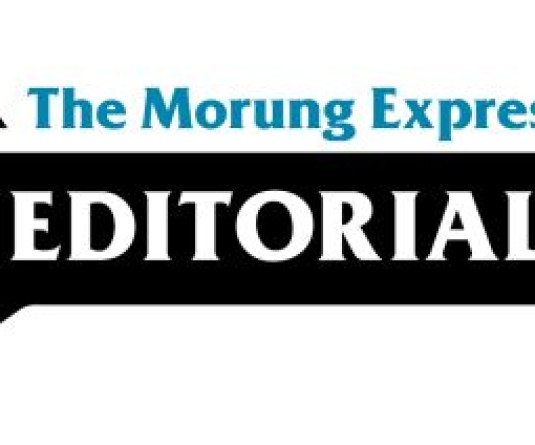
Moa Jamir
In the vibrant and culturally rich landscape of Nagaland, known as the ‘land of festivals,' the issue of alcohol has become a complex web of moral, political, and socio-economic debates. Central to this discourse is the Nagaland Liquor Total Prohibition Act 1989 (NLTP Act), a legislative attempt to enforce prohibition, which, despite its presence on paper, has failed to dry up the thirst for spirits in the State.
For instance, the NLTP Act which came into effect on April 24, 1990, after an official gazette notification provides that “no person shall (1) transport, import or possess liquor, (2) sell or buy liquor, (3) consume liquor, (4) manufacture liquor; and (5) use or keep any material, utensil, implement or apparatus whatsoever for manufacture of liquor” in Nagaland, making it a “dry State.” However, the ground reality reveals a stark contrast, with a thriving network of watering holes catering to both occasional drinkers and regular tipplers.
In this land of acute symbolism and deep religious roots, but not necessarily spiritual, the NLTP Act presents a curious situation where drinking is considered both a 'sin' from a religious standpoint and 'illegal' under the purview of the law. Crossing state borders provides a legal escape for those seeking a drink, highlighting the paradox of a dry Nagaland against the backdrop of neighbouring and other states without prohibition.
Anecdotal evidence as well as national level survey also affirm that Nagaland the alcohol consumption in Nagaland is way above the national level.
National data, such as the National Family Health Survey 2019-21 (NFHS-5), underscores that Nagaland's alcohol consumption surpasses the national average and the State is not ‘dry’.The report indicates that 31% of men aged 15-49 in Nagaland consume alcohol, compared to the national average of 22.4%, while 1.4% of females in the same age group partake in alcohol, exceeding the national average of 0.7%.
Despite a slight decline from the previous NFHS survey (2015-16), where alcohol consumption was higher at 38.4% for men and 3.3% for women, the current figures indicate that nearly one-third of Nagaland's population still engages in alcohol consumption. The data also indicated a relatively uniform distribution across the then 11 districts of Nagaland, with alcohol consumption among men being notably higher in rural settings compared to urban areas.
The debate surrounding the NLTP Act extends beyond statistics, delving into questions of morality, adulteration, revenue loss, and collateral damage. Recent incidents, such as the relaxation of liquor sale for foreign delegates during the G20 meet and apparent lenient approach, especially during events like the Hornbill Festival, reflects to dilemma.
The divergence in opinions on the NLTP Act necessitates a consensual point where both sides can converge. The current state of perpetual debate, marked by demands for relaxation from civil society organizations in places like Dimapur, hints at a growing sense of discontent.
It is crucial for stakeholders to find common ground to break the cycle of debates and address the deeper issues surrounding alcohol consumption in Nagaland. Navigating this intricate predicament in the state requires an approach that is nuanced and inclusive. It is essential to traverse the 'dry' seas with sensitivity, reaching a consensual point that respects individual choices and addresses societal concerns, ultimately solving the tipsy dilemma. Else the vicious circle of debates would continue ad nauseum.
For any comments, drop a line or two to jamir.moa@gmail.com






